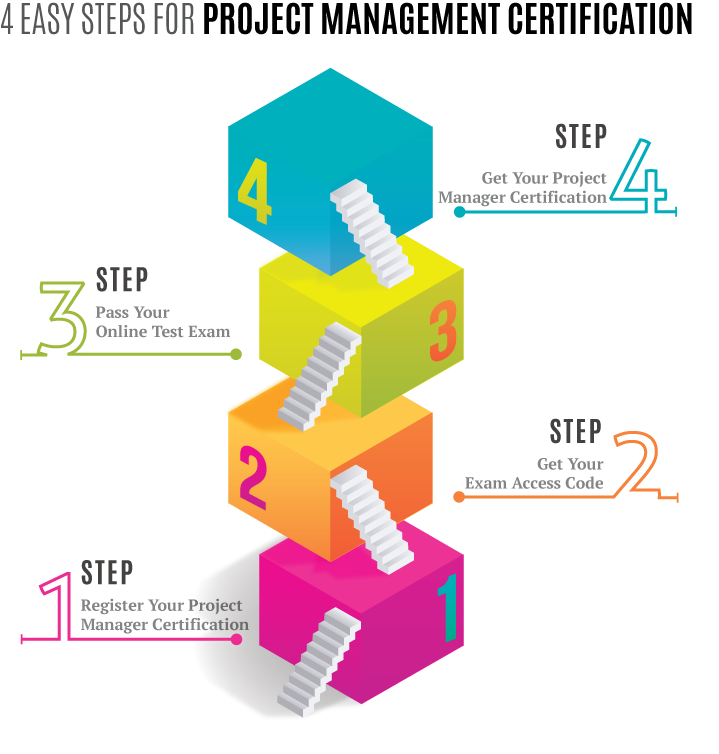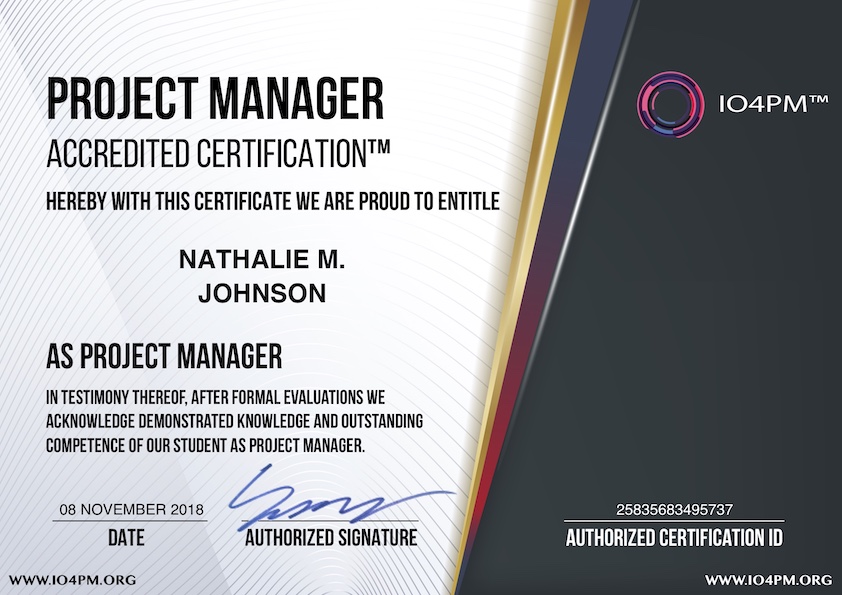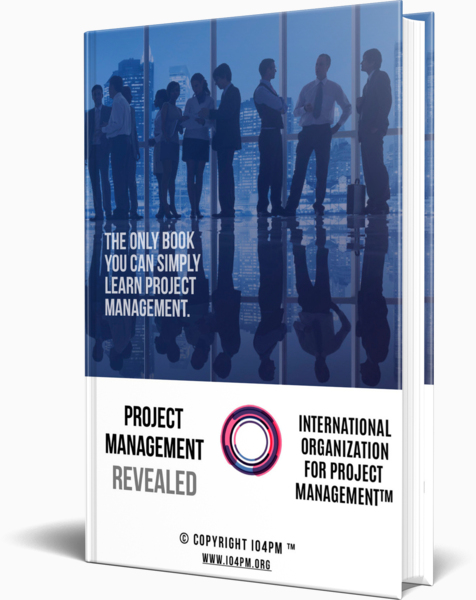Communications Management
85% - 90% of a project manager’s time is spent in communicating. Communication related issues are the most frequent problems faced by the project manager. There is a need of structured communications management plan.
Communicating on projects requirey an understanding of:
- Understanding the communication requirements from stakeholders
- Sharing with stakeholders on what communication is required from them
- Frequent updates to communication plan as per changing needs of the project
STAKEHOLDERS
The project managers need to be experts in project management and stakeholders are technical experts in what needs to be done and how it needs to be done. Proper project management requires the project manager to identify the stakeholders, determine their requirements, expectations and influence; then incorporate that information into the product or project scope as needed.
Stakeholders are extremely important and an indispensable part of any project. A project manager, during the initiation phase, has the responsibility to identify the stakeholders, and then throughout the lifecycle of the project, should continue to manage their expectations, involvement and their influence on the project.
Steps involved from stakeholder identification to managing their expectations and influences throughout the project:
- Identify ALL the stakeholders
- Determine ALL of their requirements
- Determine their expectations
- Determine their interests
- Determine their level of influence
- Plan how the project manager will communicate with them
- Execute Communicate
- Manage their expectations and influence
IDENTIFY STAKEHOLDERS
The following are created or performed in the process of Identify Stakeholders.
STAKEHOLDER ANALYSIS
Stakeholder analysis involves:
- Identification of stakeholders
- Assessing their impact or influence on the project
To achieve the above, the project manager has multiple ways:
- He can use the initial list of stakeholders from project charter
- He can use records from past projects
- He can also use data gathering techniques such as brainstorming, interviewing
- New stakeholders can suggest additional names of stakeholders required for the project
Tools such as power/interest grids and salience models can be used to group stakeholders by qualifications like authority levels, impact or influence, or requirements. The results of these classifications help project managers determine how, what and when to communicate with each stakeholder.
STAKEHOLDER REGISTER
Stakeholder register is an output of Identify Stakeholders process. All the information about the stakeholders is compiled in the Stakeholder Register.

Stakeholder Register
STAKEHOLDER MANAGEMENT STRATEGY
A strategy of how stakeholders will be managed is an output of Identify Stakeholders process. Either stakeholder’s are managed individually or as groups. A project manager needs to identify which approach would be easier and less time consuming. Some stakeholders require more time and some less for getting managed. Stakeholders can be an asset to the project or they may be a problem, depending on how well is the project planned. Both negative and positive aspects of stakeholder’s involvement in the project should be managed.
PLAN COMMUNICATIONS
Planning communications involve considering the performing organization’s environment (i.e. Enterprise Environmental Factors), including its culture and expectations. The performing organization’s processes, procedures, historical records, lessons learned and other information (i.e. organizational process assets) should also be taken into consideration. The output is the Communications Management Plan which is a component of Project Management Plan.
During project initiating, the efforts begin to identify stakeholders and their communication requirements. In planning, it is determined how to apply that information. The information and communication needs of the stakeholders are taken into consideration in the Plan Communications process.
A clear and concise communication requires handling communications in a structured way and choosing the best type of communication for the situation. Information can be expressed in the following ways:
- Formal written: It is used when there are complex problems, for project management plan, for project charter, memos, communicating over long distances
- Formal verbal: Used during presentation and speeches
- Informal written: Used for Emails, handwritten notes, text messages, instant messaging
- Informal verbal: Used in meetings, conversions
COMMUNICATION MODELS
Project management requires a more structured approach to communications. Communication models are comprised of three parts: the sender, the message and the receiver. Each message is encoded by the sender, gets transmitted to the receiver and is decoded by him. There are certain “noise” factors in communication models such as receiver’s education, language, cultural effect of the way the message is decoded by the receiver.

Project Communication Models
EFFECTIVE COMMUNICATION
For effective communication, the sender should decode the message carefully, identify the communication method to be used to send the message and confirm if the message is understood. The sender can be aware of the following communication factors:
- Nonverbal; Most of what is communicated is non-verbal. It is based on physical mannerism. About 55% of all communication is non-verbal.
- Paralingual; Pitch and tone of voice also help to convey a message.
EFFECTIVE LISTENING
The receiver should decode the message carefully and confirm the message is understood. This includes watching the speaker to pickup physical gestures and facial expressions, thinking about what to say before responding, and using active listening, in which the receiver confirms that he/she is listening, expresses agreement or disagreement, or asks for clarification.
COMMUNICATION TECHNOLOGY
Planning communications involve determining the specifics of how to communicate each item. Communication can take place through face-to-face interactions, by telephone, fax, mail, or email; through virtual or in-person meetings; and through intranet or internet-based forums for information. These different means of communications is termed as Communication Technology.
COMMUNICATION METHODS
Communication methods can be grouped into the following categories:
- INTERACTIVE COMMUNICATION; In this method two or more people interact with each other. An individual provides information which is received by the other person who then responds to the information given by the individual. Meetings, conference calls, video conferences are examples of Interactive communication.
- PUSH COMMUNICATION; Unlike interactive communication, this method involves sending the information to the recipient with no expectation of receiving the feedback. This is one-way streaming of information. Status reports, mass-mailers, project updates sent to a large population are examples of push communication.
- PULL COMMUNICATION: In this method, the sender places the information at a central location (like a sharepoint or a share drive) and the recipients responsible to use the information or need the information retrieve the details from that location.
CONTROL OF COMMUNICATIONS
- The project manager cannot control all of the information
- The project manager needs to control the flow of communication and the information shared in the communication
- About 85-90% of the project manager’s time is spent in communicating
MEETINGS
There are several rules for meetings. Some of them are:
- Meetings should have a time limit, and project manager should keep to it
- Recurring meetings should be scheduled in advance
- Meeting with the team should be regular (however, need not be often)
- Each meeting should have a specific purpose and agenda
- The agenda should be distributed to the meeting attendees before the meeting
- Team should stick to the agenda during meeting
- Team members and meeting attendees should know their role in meetings before hand (for example, one member could be the minute taker and the other could be a time-keeper)
- Meetings to include right audience
- Effective facilitation is required by project manager to chair and rules are to be kept in view
- For each action, the action owner and deliverable date to be assigned in the meeting
- Minutes to be documented and published

Meeting Minutes

Action Plan Tracker
COMMUNICATION CHANNELS
Communication channels can be calculated using the formula:
N (N – 1) / 2 where N = the number of people.
COMMUNICATION MANAGEMENT PLAN
A communication management plan documents how the project manager manages and controls communication.
Communications are very complex. Hence, communication management plan must be in writing. All stakeholder needs must be addressed. Communication management plan becomes a part of project management plan.
DISTRIBUTE INFORMATION
The project manager is responsible for distributing project related information to many stakeholders of the project. Different stakeholders need to receive different information in various formats, and the project manager should have identified in advance on what each stakeholder needs to know, how, and when. Implementing the Communications Management Plan is the output of Distribute Information Process. A project manager should be able to distribute (send) information and also needs to make sure that it is effective and efficient for the recipient.
MANAGE STAKEHOLDER EXPECTATIONS
Managing stakeholder expectations requires proactive actions from the project manager to make the stakeholders feel that their needs and concerns are atleast being considered, even if they are not agreed to. The efforts of managing stakeholder expectations also allows the communication channels to be open between the stakeholders and the project managers so that the stakeholders can inform the project managers of potential risks, changes and other related information.
Attention to stakeholder’s needs is required for managing their expectations when the work is being done. This helps in building trust, resolving conflicts, preventing problems and increases belongingness of the stakeholder for the project. The project manager can review multiple project documents such as stakeholder register, stakeholder management strategy, communications management plan, issue logs, and changes to determine the actions required to manage stakeholder expectations.
COMMUNICATION BLOCKERS
The communication blockers include noisy surroundings, improper encoding and decoding of messages, making negative statements, culture, language, hostility, distance between those trying to communicate, among others.
REPORT PERFORMANCE
Collecting information related to work performance, analyzing it, creating reports and sending them to respective stakeholders is involved in reporting performance of the project. Report performance is a part of communications management plan.
The reports should provide all the information needed by stakeholders to the level of detail required by them. The needs of the projects should be considered while designing the reports. The most appropriate method is to be used to send the reports. The method used to send reports plays a crucial role in getting the report read and acted upon. A project manager must not spend all the time only doing reporting activities. The project management plan can be used to identify performance measurement baseline. This baseline can be used in the reports to measure the performance of the project. All reports must give a clear, concise and true picture of the information that is being depicted. Reports should not just include schedule, but also include cost, scope and quality performance as well. The appropriate moment of recommending and implementing corrective actions is known by looking at the reports. Report performance include looking at the future. The different types of performance reports include:
- Status Report; Reports the current performance of the process against performance measurement baseline
- Progress Report; Describes the total work accomplished
- Trend Report; Whether performance has an upward trend or a downward trend is reported by the trend report
- Forecasting Report; Future project status and performance is reported basis current (or historical) data
- Variance Report; Compares actuals to baselines
- Earned Value Report; This report integrates scope, cost, and schedule measures to assess project performance
- Lessons Learned Documentation; Performance reports are used as lessons learned for future projects
This concludes the Communication Management chapter. A project manager should spend time in the early stages of the project to identify ALL stakeholders and take a structured approach to communications by creating a communications management plan.
 IO4PM™
IO4PM™





